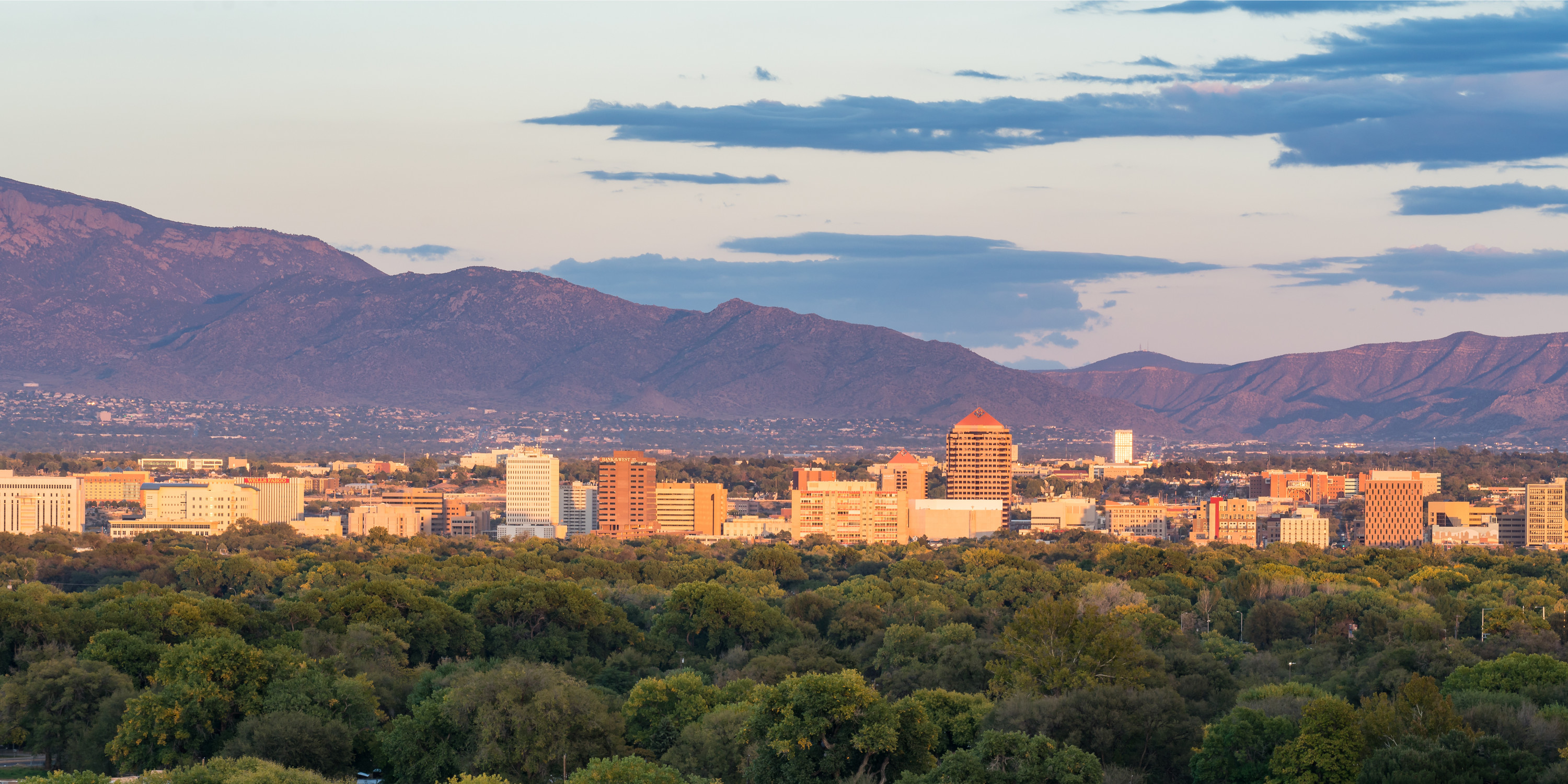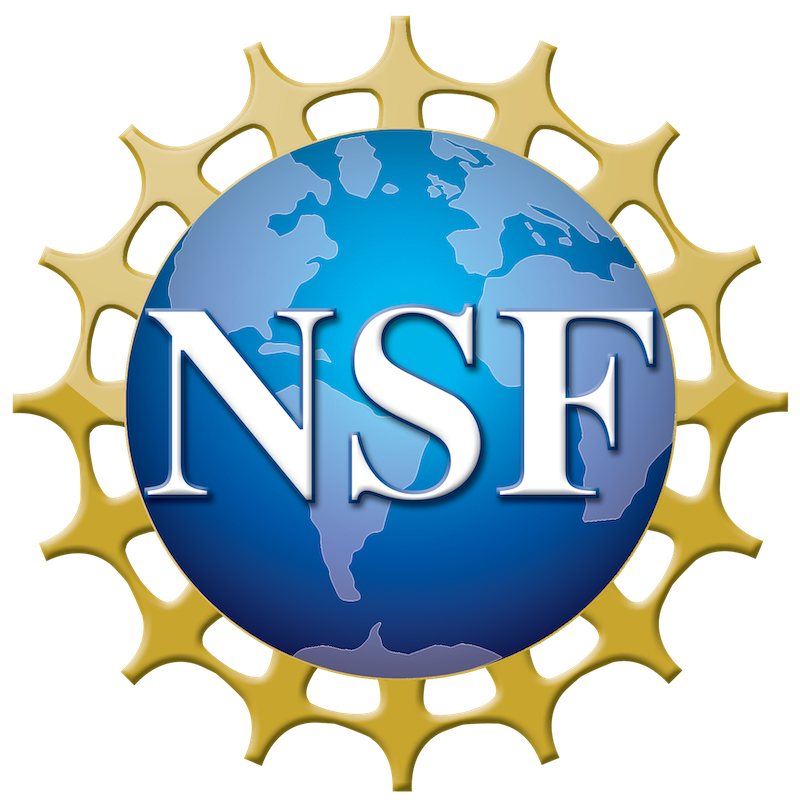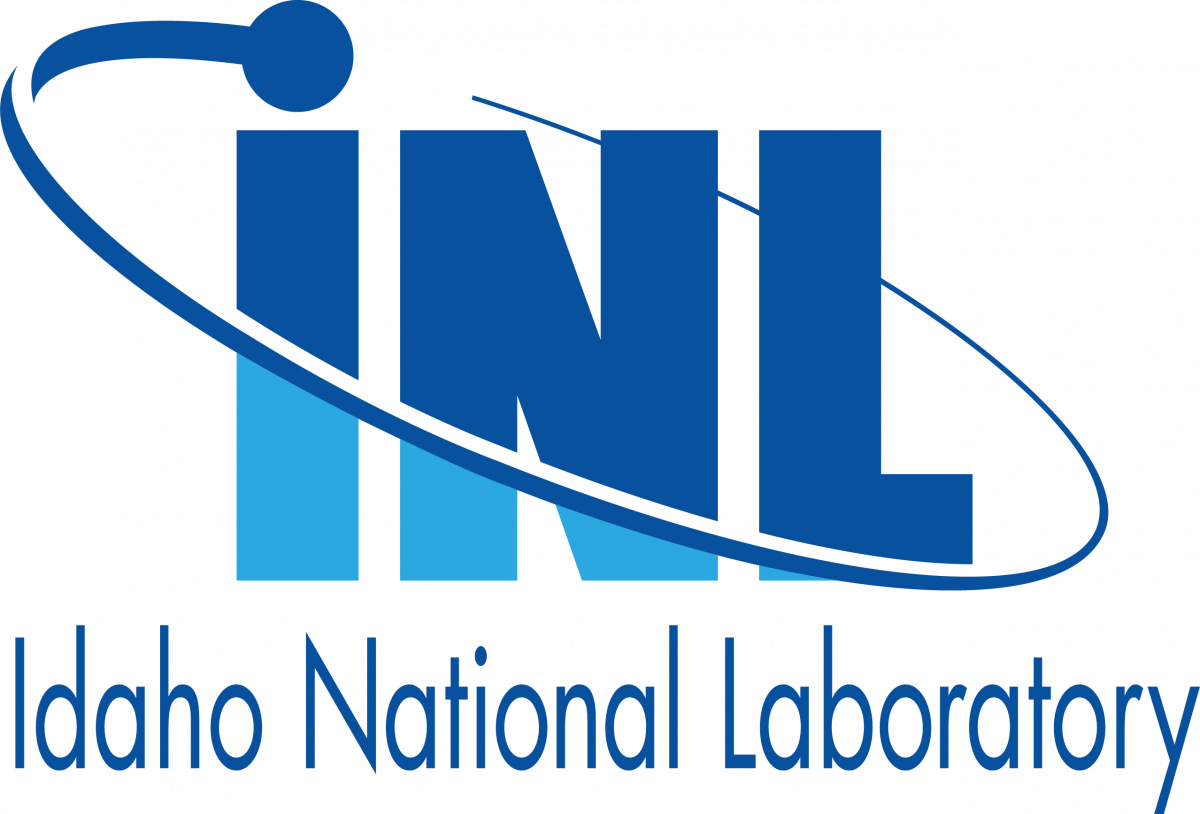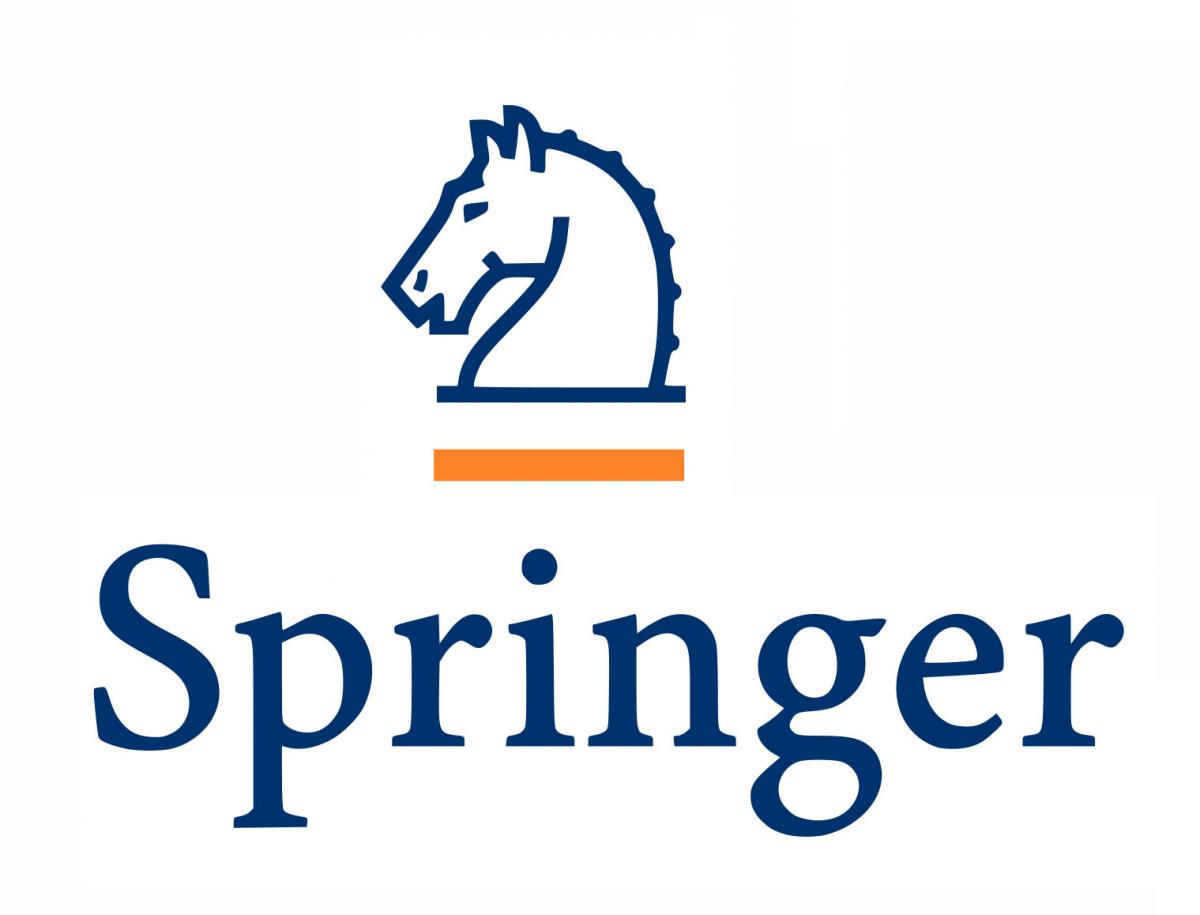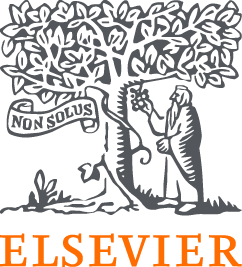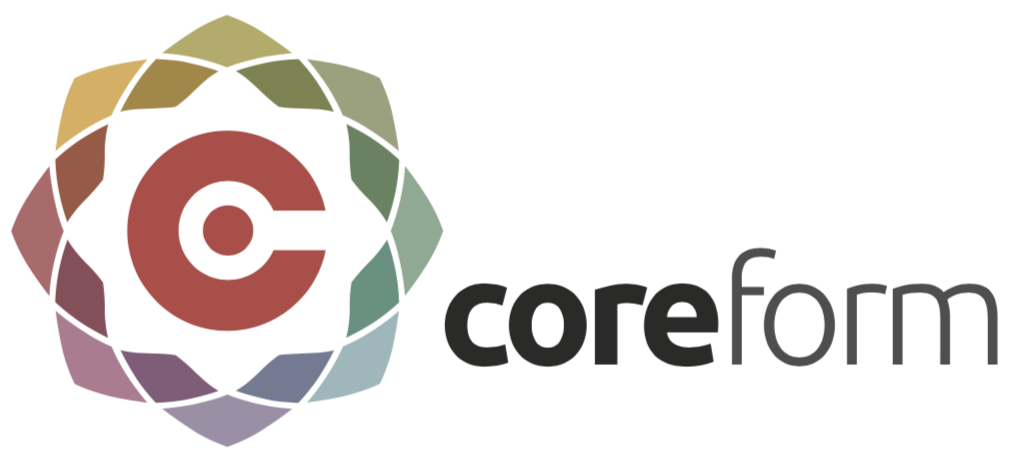- The fundamentals of computer graphics and 3D modeling required to create augmented reality visualizations.
- An open-source tool to create, host, and share AR models of scientific results. Specifically, we will help attendees create and share AR models of results from their very own scientific simulations.
Course Objectives:
Our objectives for this short course are twofold: (i) to accelerate the adoption of AR visualization within the scientific community and (ii) to help researchers improve the accessibility and reach of their scientific results. To that end, attendees will leave this course with the requisite knowledge and skills to integrate AR within their own teaching, research, and outreach activities. As a result, they may eschew expert systems and discipline-specific training often needed to visualize and interact with complex spatiotemporal data. This, in turn, may allow a better understanding of data across scientific disciplines and for wider audiences.
Course Materials: Course materials will be free to download at: https://github.com/SoftTissueBiomechanicsLab/AR_Pipeline
Tentative Schedule:
|
Time |
Topic |
|
8:30 AM – 9:00 AM |
Introduction to Augmented/Virtual/Mixed Reality |
|
9:00 AM – 10:00 AM |
Introductory Concepts in Computer Graphics and Rendering |
|
10:00 AM – 10:30 AM |
Coffee Break |
|
10:30 AM – 11:10 AM |
Introduction to Blender |
|
11:10 AM – 12:00 PM |
Automating Blender with Python |
|
12:00 PM – 1:00 PM |
Lunch |
|
1:00 PM – 2:00 PM |
Visualizing Lagrangian Analyses |
|
2:00 PM – 3:00 PM |
Visualizing Eulerian Analyses |
|
3:00 PM – 3:30 PM |
Coffee Break |
|
3:30 PM – 4:10 PM |
Hosting and Sharing AR Models |
|
4:10 PM – 4:30 PM |
Summary and Future Work |
